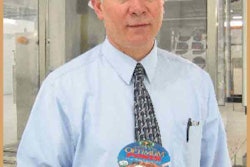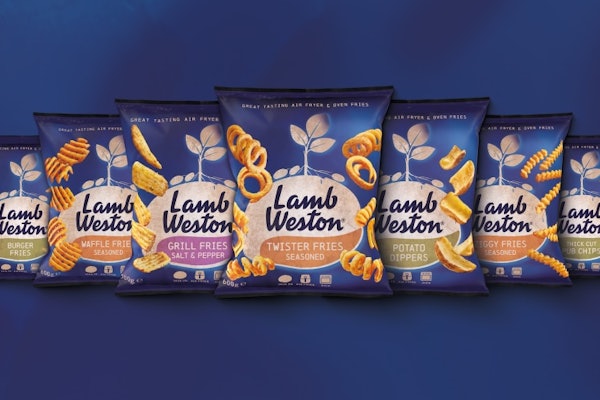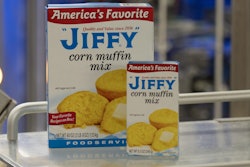“Developing sustainable packaging that can compete effectively with packaging derived from petrochemical-based polymers is extremely challenging,” says Chris Breen, professor of materials chemistry with
Sheffield Hallam is working on developing nanoclay particles that will improve the barrier properties and mechanical strength of the new biopolymer films and coatings. Chitosan, a molecule derived from the shells of crustaceans, is being used as a modifier to make the nanoclays more compatible with the biopolymer films and to disperse throughout the films to effectively repel water molecules.
“The general view is that renewables are a little cheaper [than traditional packaging],” says Breen, “but I don’t have hard figures.” The major attraction, however, is that sustainable packaging is biodegradable and can be repulped and reprocessed. “The benefit is a greener product and a significant reduction in our current reliance on petroleum-based products,” says Breen. “Thus, we will need to reach a compromise between barrier properties and ‘ecofootprint,’ using renewable packaging where it is appropriate whilst realizing we still need to use petroleum-based products for more demanding packaging requirements.”
Sustainable packaging is best suited to products that do not require high barriers or extensive shelf life, says Breen. Examples include soft or processed cheese, dog food, and individually wrapped dishwasher tablets.
What will it take to convince retailers and manufacturers that they should make the switch? “Increasing public demand, European legislation, and convincing them that renewable packaging can work,” says Breen. SustainPack is developing a range of sample packages that will convey just how versatile and competitive renewable packaging can be.
While The European Union has stronger directives on packaging, says Breen, it is the large























